Always Here for You.
Lighting Warehouse offers direct support to customers. We always have your back.
SHOP BY LW BRAND
SHOP CATALOG
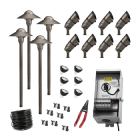 Easy-Install Kits
Easy-Install Kits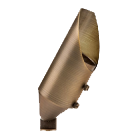 Uplights
Uplights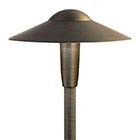 Path & Walkway Lights
Path & Walkway Lights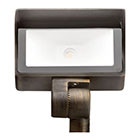 Flood & Wall Wash Lights
Flood & Wall Wash Lights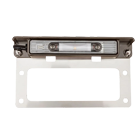 Hardscape Lights
Hardscape Lights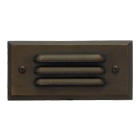 Step Lights
Step Lights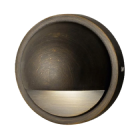 Outdoor Deck Lights
Outdoor Deck Lights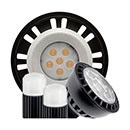 Outdoor Bulbs
Outdoor Bulbs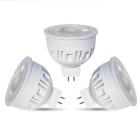 RGBW Color Lights
RGBW Color Lights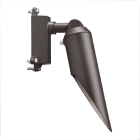 Downlights
Downlights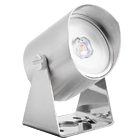 Underwater Lights
Underwater Lights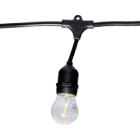 Bistro String Lights
Bistro String Lights Holiday Decorations
Holiday Decorations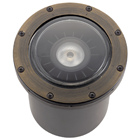 In-Ground Well Lights
In-Ground Well Lights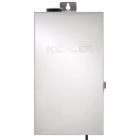 Transformers
Transformers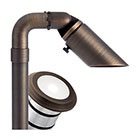 Accessories
Accessories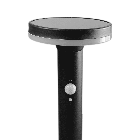 Solar Lights & Portables
Solar Lights & Portables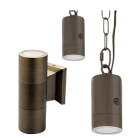 Specialty Lights
Specialty Lights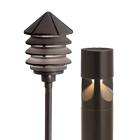 Bollard Lights
Bollard Lights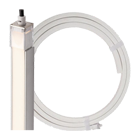 Tape Lights
Tape Lights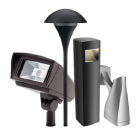 120V Landscape Lighting
120V Landscape Lighting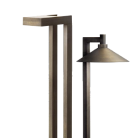 Dark Sky Approved Lights
Dark Sky Approved Lights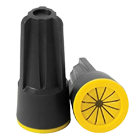 Connectors
Connectors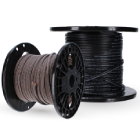 Wire & Cable
Wire & Cable Timers & Control Devices
Timers & Control DevicesAlways Here for You.
Lighting Warehouse offers direct support to customers. We always have your back.
Save More When You Become a Customer!
Lighting Warehouse offers support to customers at home.


February 21, 2025
Table of Contents: Landscape Lighting Lenses
Landscape lighting isn’t just about visibility—it’s about ambiance, safety, and showcasing key features in your landscape lighting design. Lenses play a crucial role in shaping light, allowing for greater control over spread, focus, and intensity.
In this guide, we’ll cover everything you need to know about the five main types of landscape lighting lenses and how you can achieve stunning outdoor lighting effects.
Landscape lighting lenses play a crucial role in shaping the ambiance and functionality of your outdoor space. These small but powerful accessories fit over lighting fixtures to control the way light is emitted.
By modifying light output, an LED light lens can help create the perfect atmosphere—whether you want a soft, diffused glow for a relaxing backyard retreat or a focused beam to highlight architectural details or garden features.
Whether you’re looking for soft illumination, focused beams, or vibrant colors, carefully selected LED light lenses make all the difference by letting you control the brightness, direction, and ambiance of your setup.
Let’s explore the most common types of landscape lighting lenses and their benefits.
Designed for precision, honeycomb lenses provide controlled brightness and reduce light scatter, perfect for highlighting focal points like sculptures, plants, or architectural details.
Prismatic lenses add a creative flair to outdoor lighting by scattering beams in multiple directions, resulting in beautiful, eye-catching light patterns.
Enhance Texture and Depth: The prismatic effect creates intricate light patterns on walls, floors, or surfaces, giving your outdoor space a unique, dynamic aesthetic.
Frosted lenses create a warm atmosphere by reducing harsh brightness and spreading light evenly. They are perfect for areas where soft, ambient lighting is preferred, like patios, decks, or garden pathways.
Ideal for broad illumination, spread lenses ensure no area is left in the dark. These lenses are especially useful in large spaces where one light source covers a significant area, walls, and features.
Selecting the ideal lenses for your LED lighting setup will depend on your design goals.
Consider the following LED light lenses to achieve various effects in specific outdoor areas:
When you’re picking out landscape lighting lenses, material choice is just as important as lens type. Two of the most common options—tempered glass and polycarbonate—offer distinct advantages depending on your lighting needs.
Choose tempered glass for clarity, heat resistance, and longevity.
Choose polycarbonate lenses for impact resistance, durability, and shatterproof protection.
The right lenses enhance landscape lighting by letting you adjust brightness, color temperature, and distribution. However, proper installation and maintenance are key to ensuring long-lasting performance and optimal illumination.
To install new lenses, follow these steps:
To maintain your lighting lenses, follow these steps:
Whether you’re looking to soften harsh light, broaden beam angles, reduce glare, or add dramatic color, there’s an LED light lens for every need. By understanding the different types of lenses and their applications, you can elevate the ambiance and functionality of your landscape lighting setup.
Try experimenting with different lenses to find the perfect balance for your home’s outdoor lighting needs and create a truly stunning nightscape!
A lighting lens is a transparent component that controls light direction, spread, or intensity. It shapes light output for focused or diffuse illumination. Lenses adjust beam angles, reduce glare, and improve light quality, creating effects like spot, flood, or diffused lighting.
When you’re choosing an LED light lens, consider the beam angle—narrow for focused light or wide for broader coverage. The application, like illuminating a sculpture or landscape, determines the best lens type. For outdoor use, ensure the lens is weather-resistant and durable.
LED lenses control and direct light output from LED sources, shaping it for specific applications. They adjust beam angles, reduce glare, enhance efficiency, and improve aesthetics. Available in convex, concave, or prismatic shapes, they’re used in spotlighting, street, and landscape lighting.
Join our Insider list and check out the different lighting options that we have to offer.
Sign up for exclusive offers and insight into what’s new for Lighting Warehouse. Elevate your outdoor lighting today!
By inputting your email, you agree to receive recurring promotional emails to which you may unsubscribe at your discretion.
Start Building Your Landscape Lighting System Today at Lighting Warehouse!
Monday - Friday

Speak to us at 855-444-8424